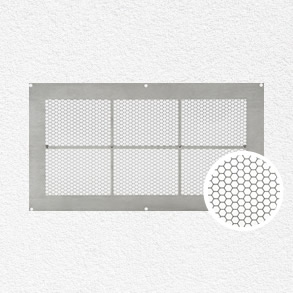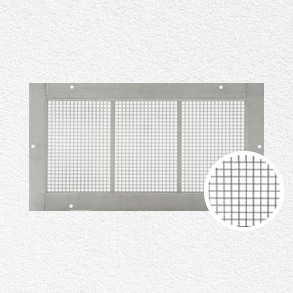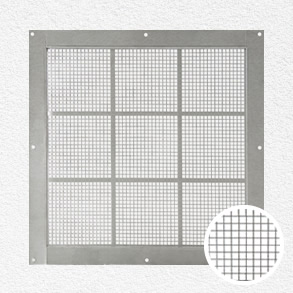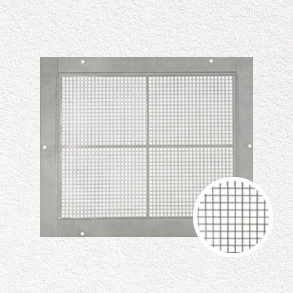Now that recovery efforts for Hurricane Sandy are well underway, some observers are discussing how to minimize damage from future storms. After all, recovery is expensive, with property damage estimated to be $20 billion in New York and other parts of the Northeast.
Most of the disaster mitigation discussions cover tactics such as installing flood gates at subway entrances, moving transformers and switching stations above ground and erecting sea barriers. Although good ideas, these are big-ticket items that would require significant commitments from federal, state and local governments and agencies.
But how about individual homeowners? Is there anything you can do to help minimize flood damage to your home? Absolutely. Steps such as elevating furnaces, hot water heaters and electrical panels, using mold-resistant building materials, and not placing expensive furnishings in your basement can all help reduce damage.
However, the most expensive type of damage isn’t a wet carpet or broken electrical panel. Homes with structural damage require expensive repairs, when they can be repaired at all. Structural damage can occur when flood waters surround your house, creating a pressure imbalance between the interior and exterior of your home. This pressure imbalance can permanently damage your home’s structural foundation.
One way to mitigate structural damage from flooding is to install FEMA compliant flood vents. Flood vents allow water to enter your home, so water pressure is more equal between the interior and exterior. You may sustain some damage to the contents of your basement, but the structural integrity of your home is more likely to remain sound.
Are flood vents a good option for your home? Find out more by contacting Flood Solutions. We have FEMA compliant flood vents for both new construction and existing homes.






